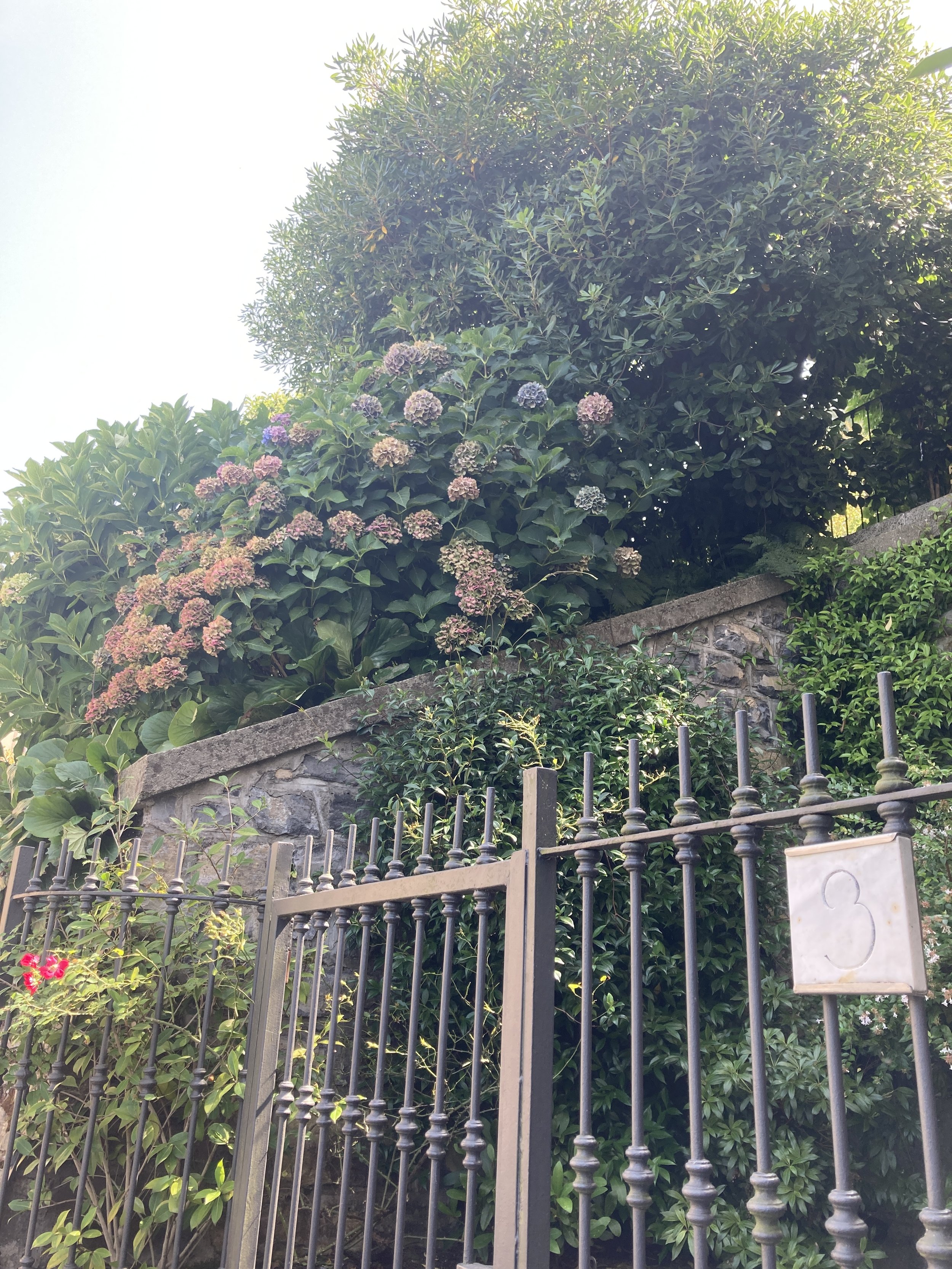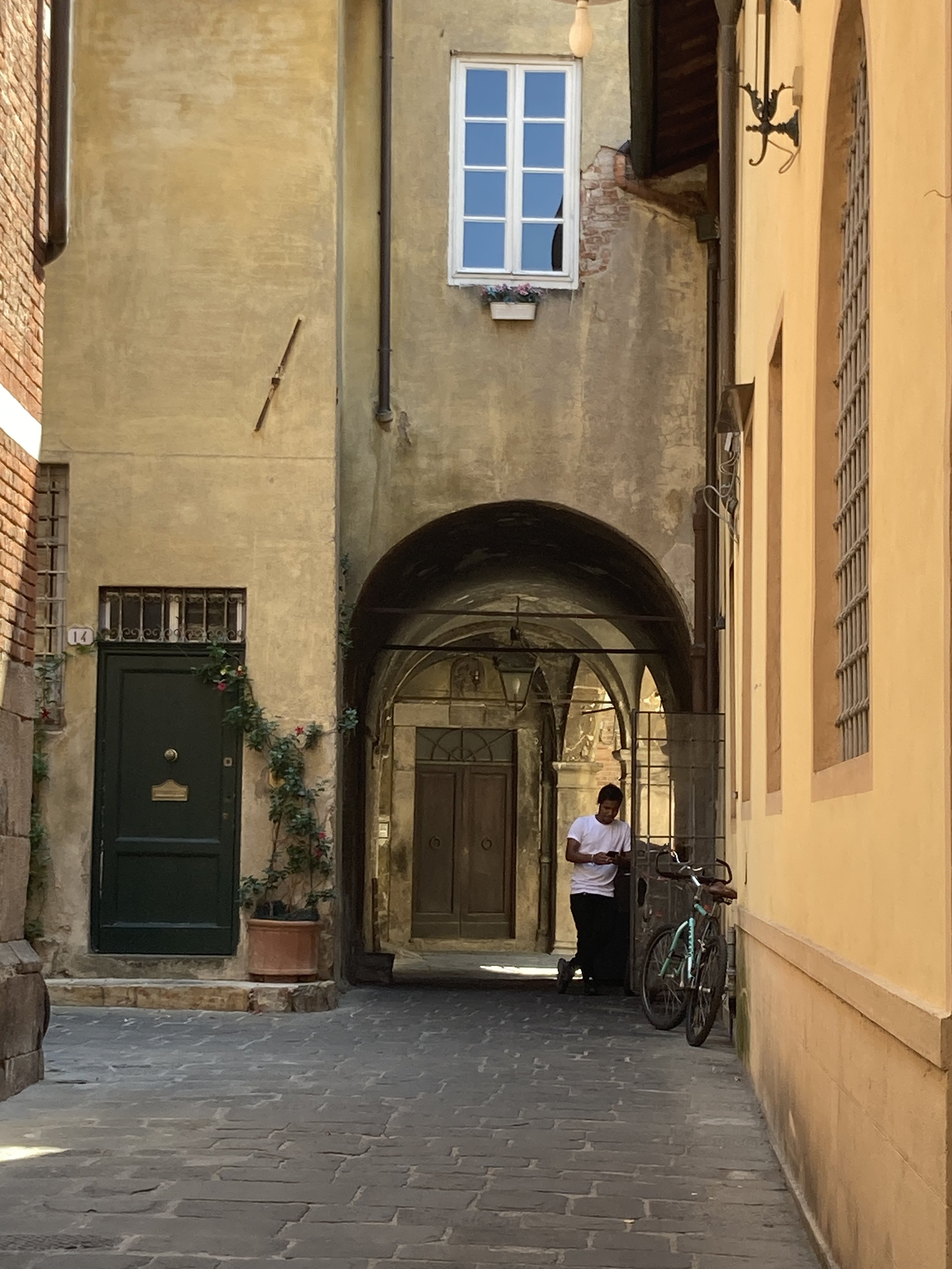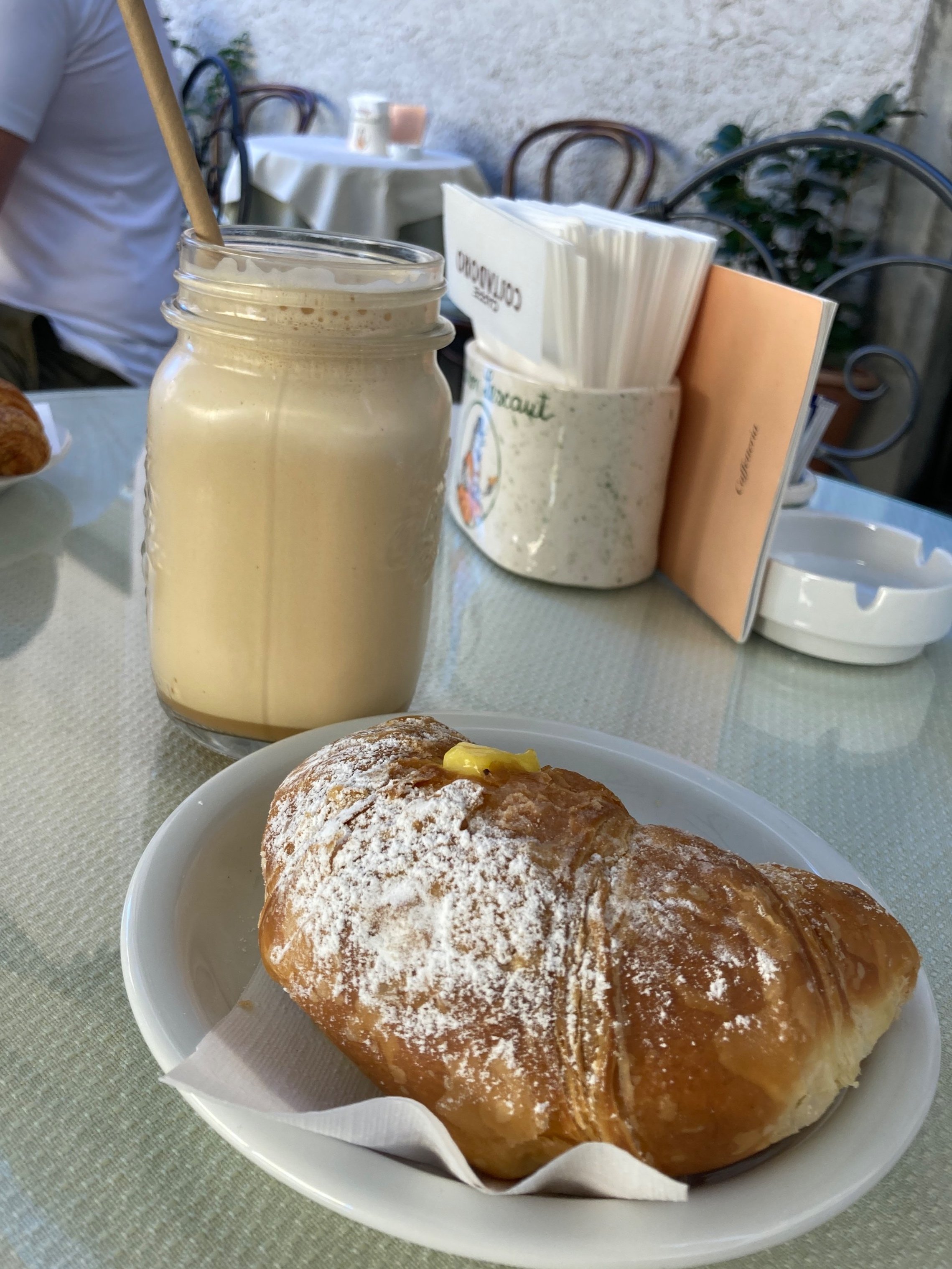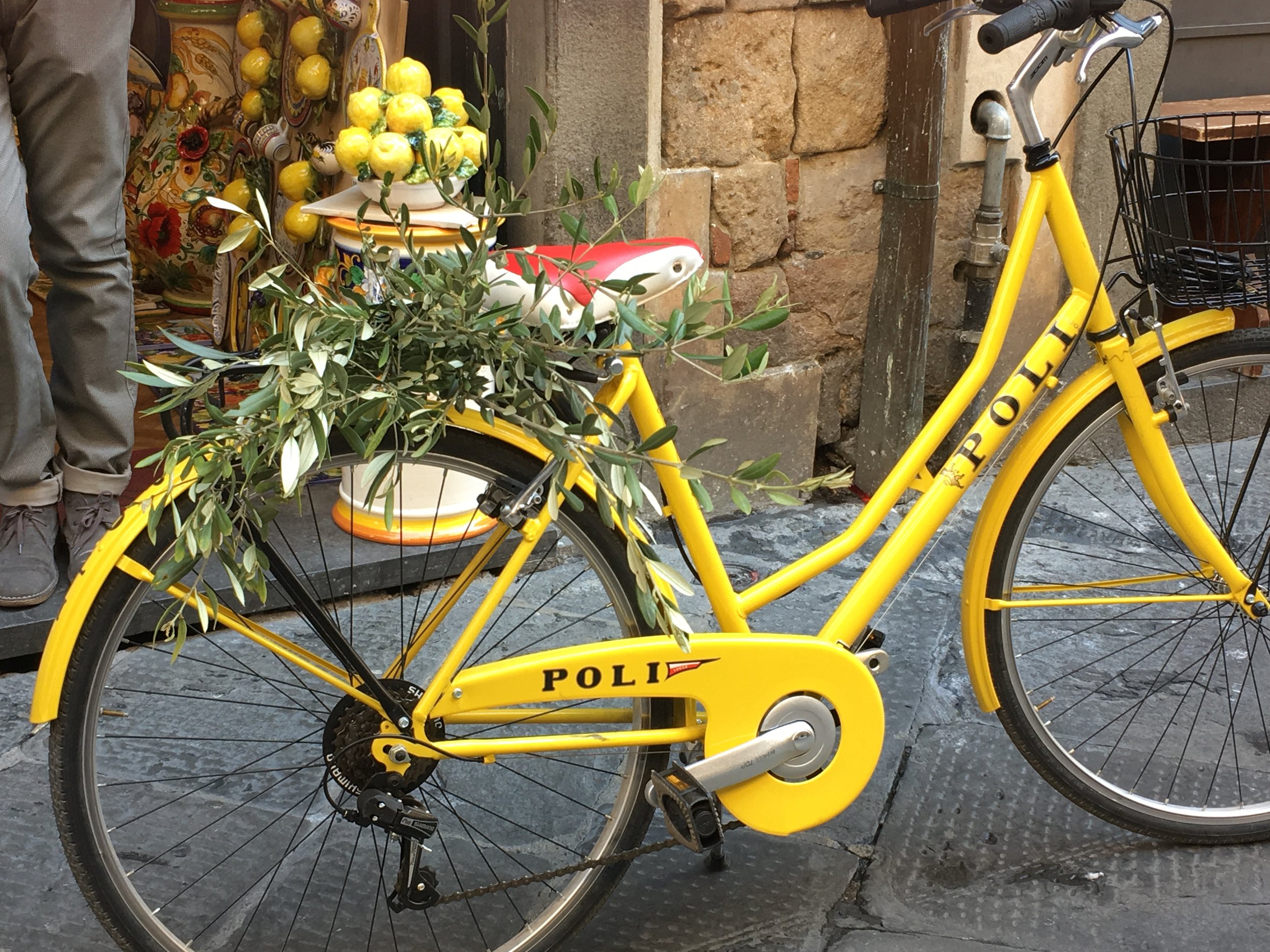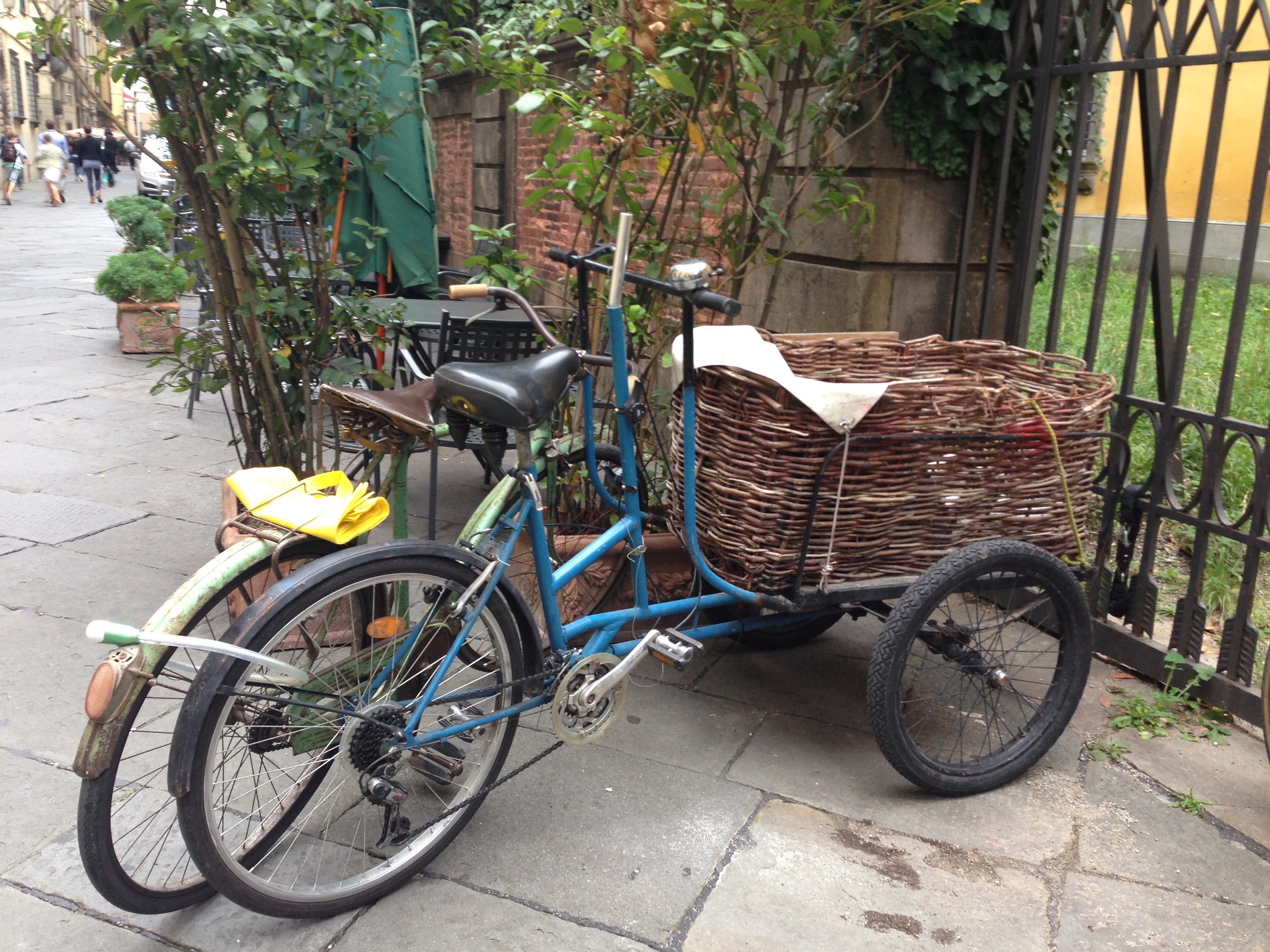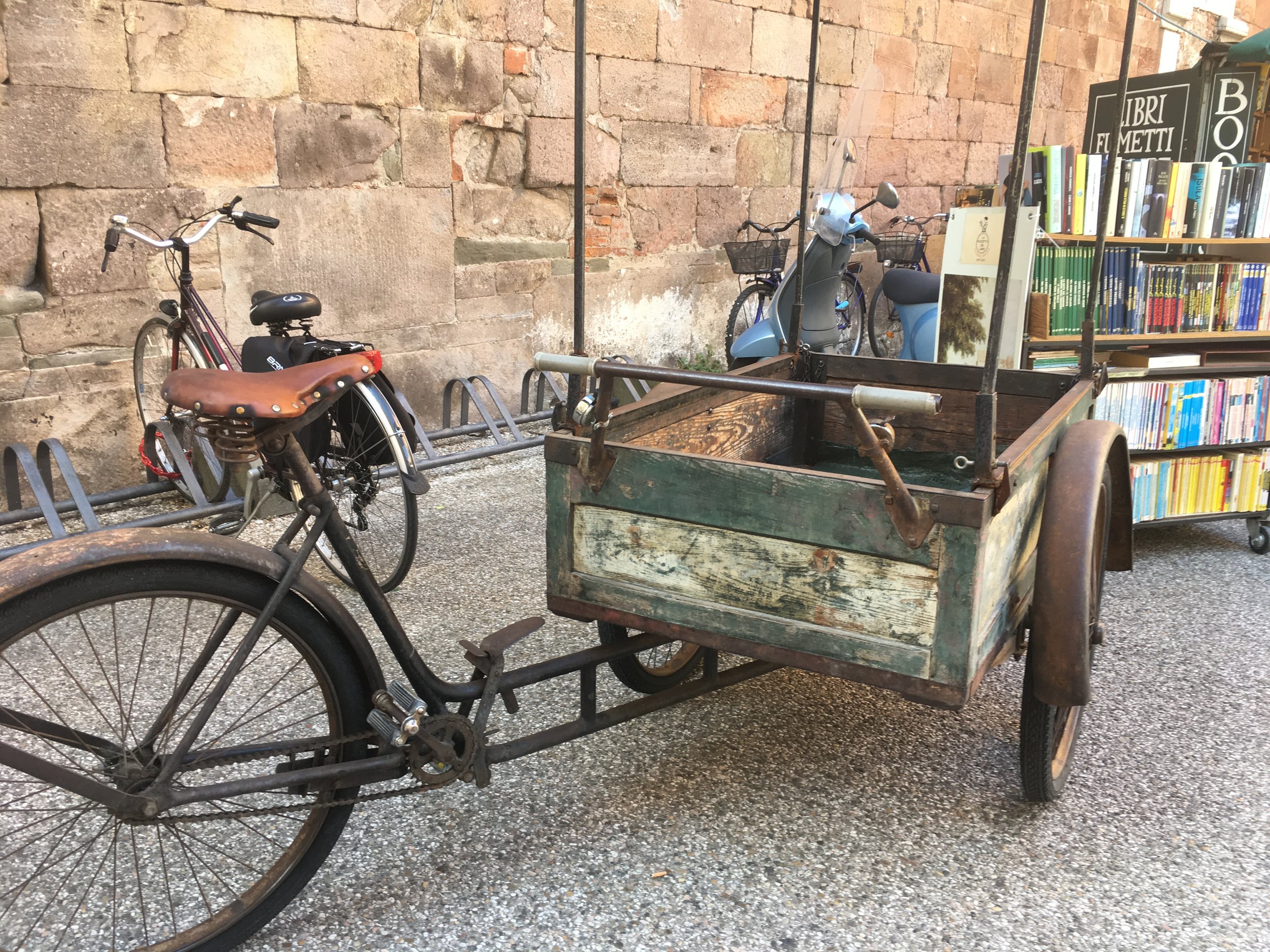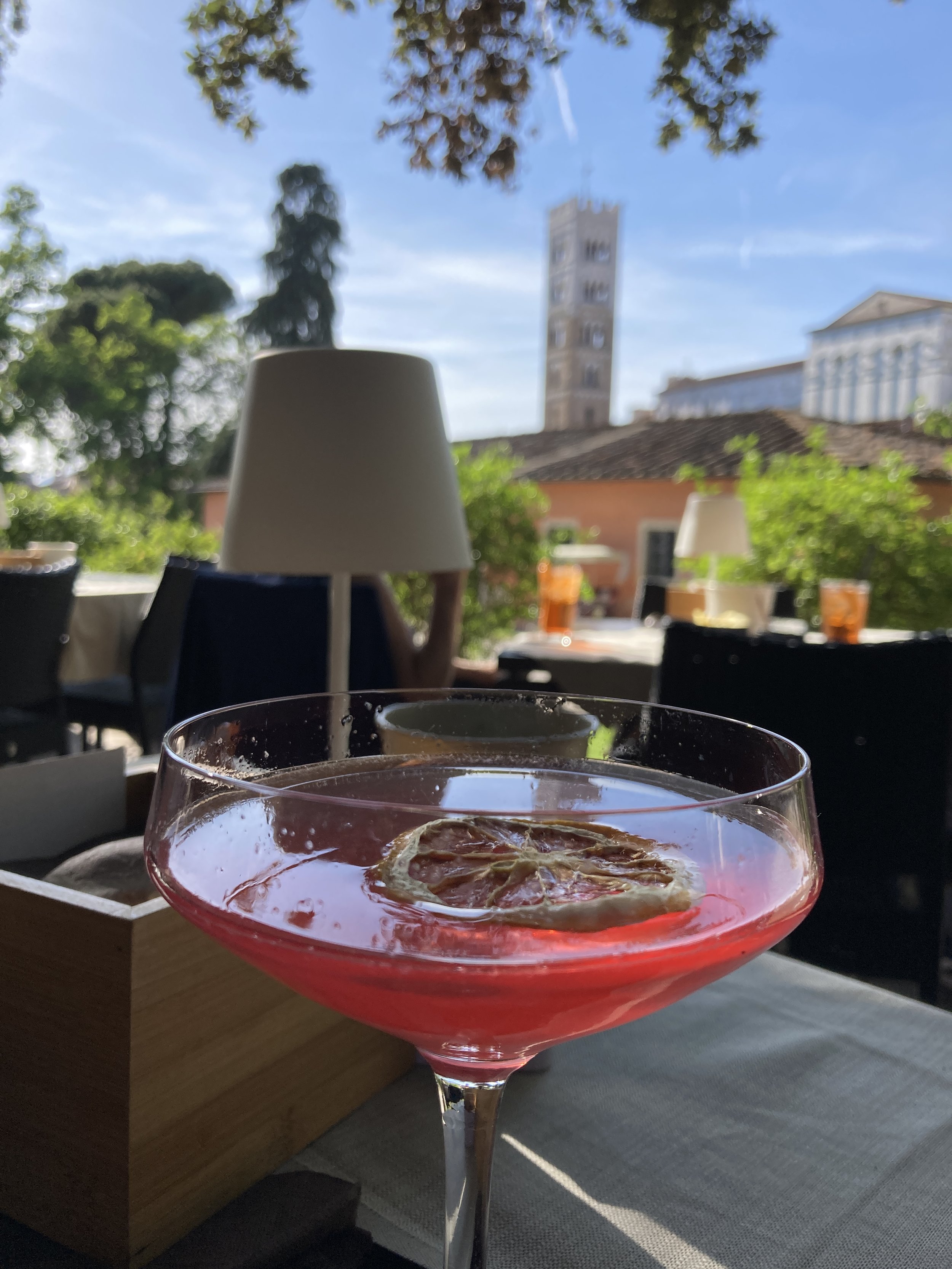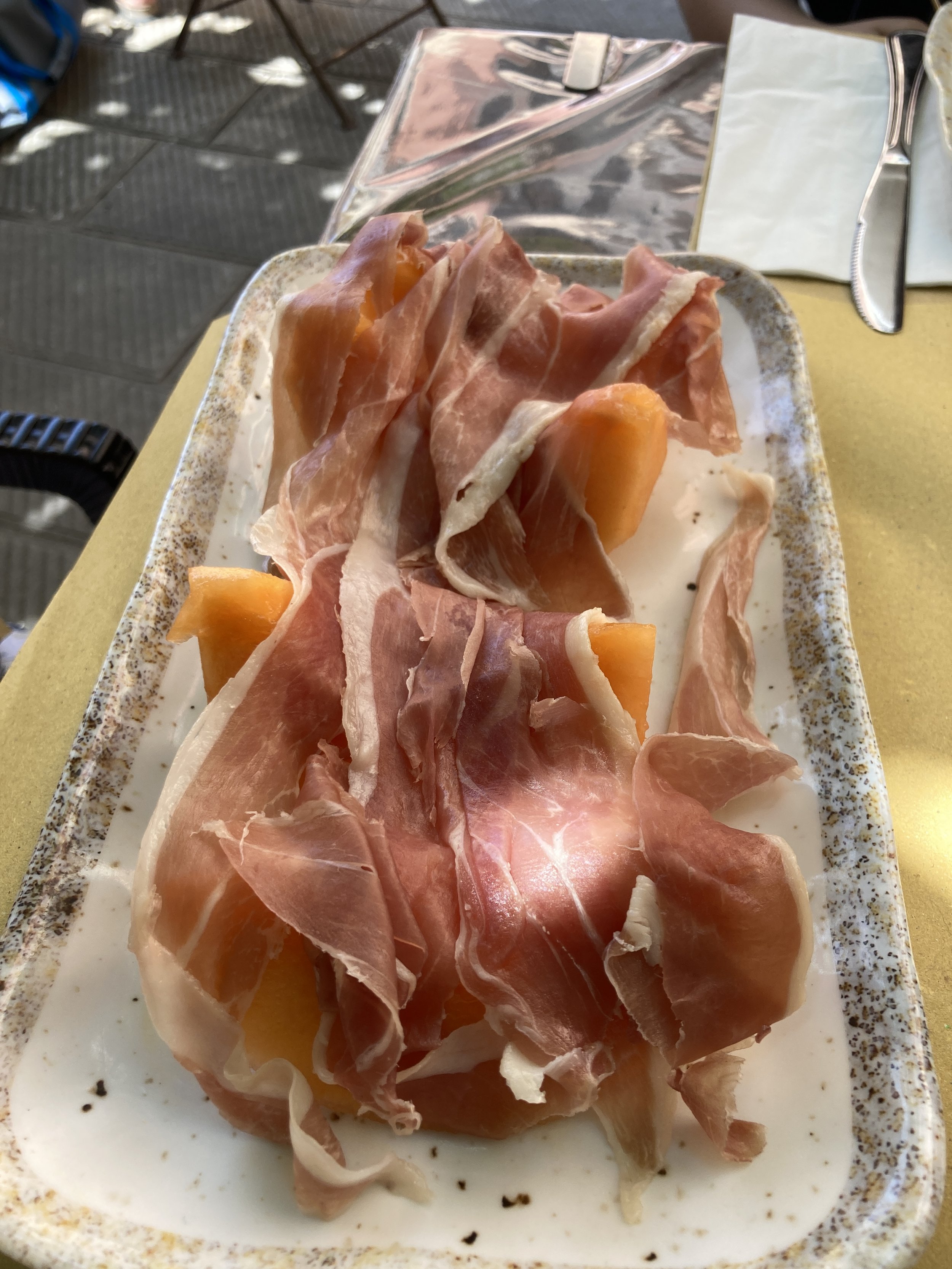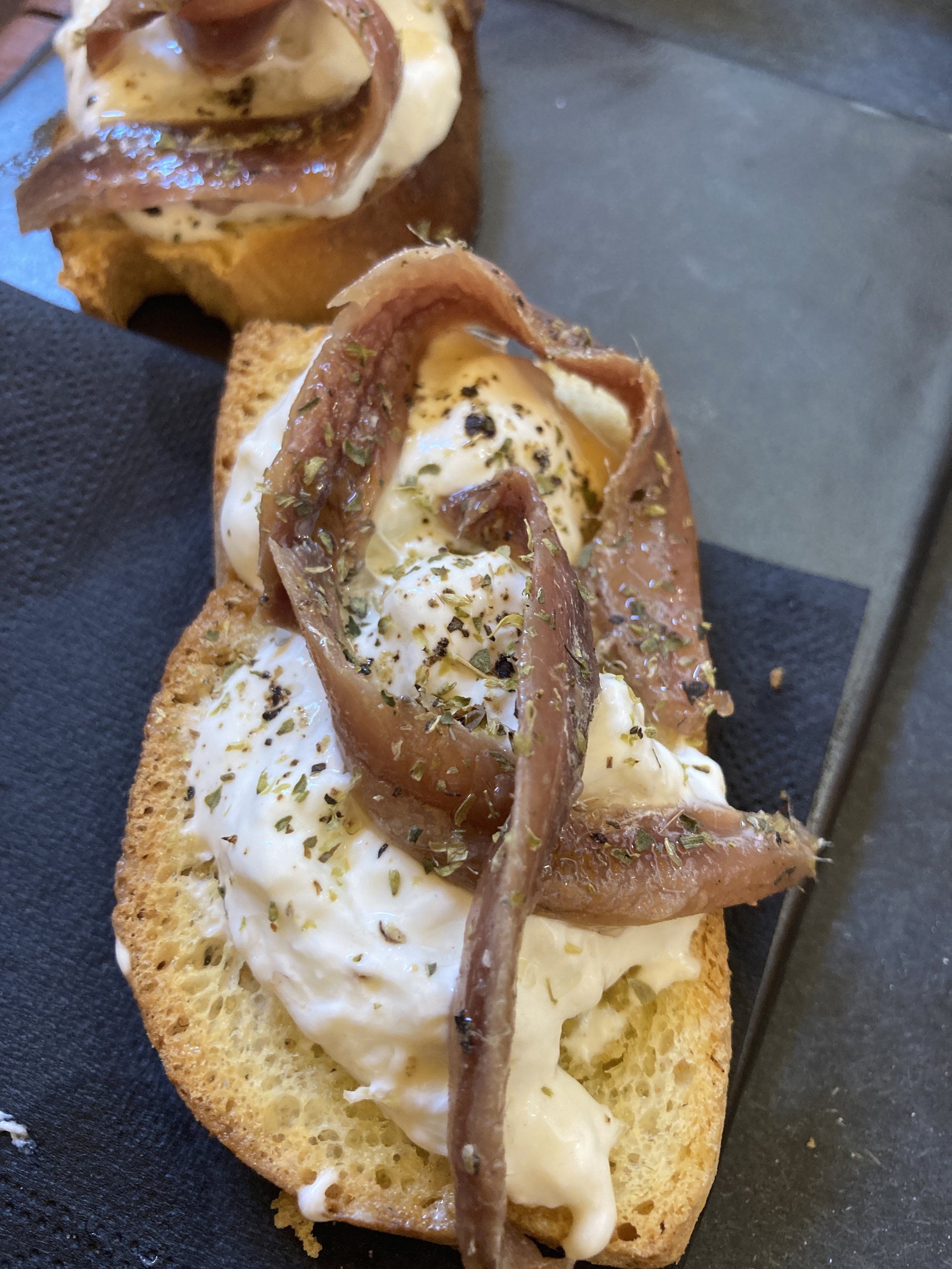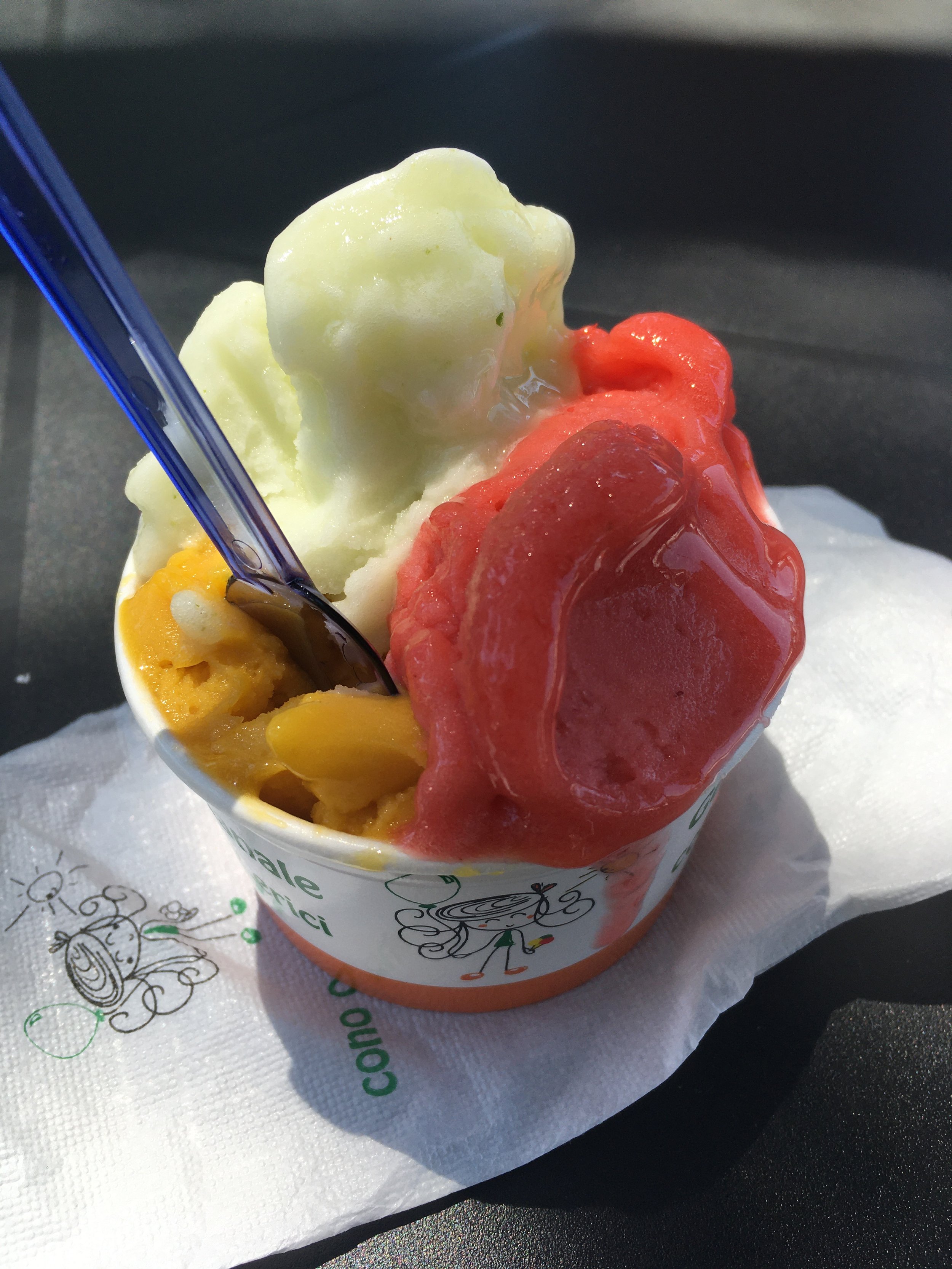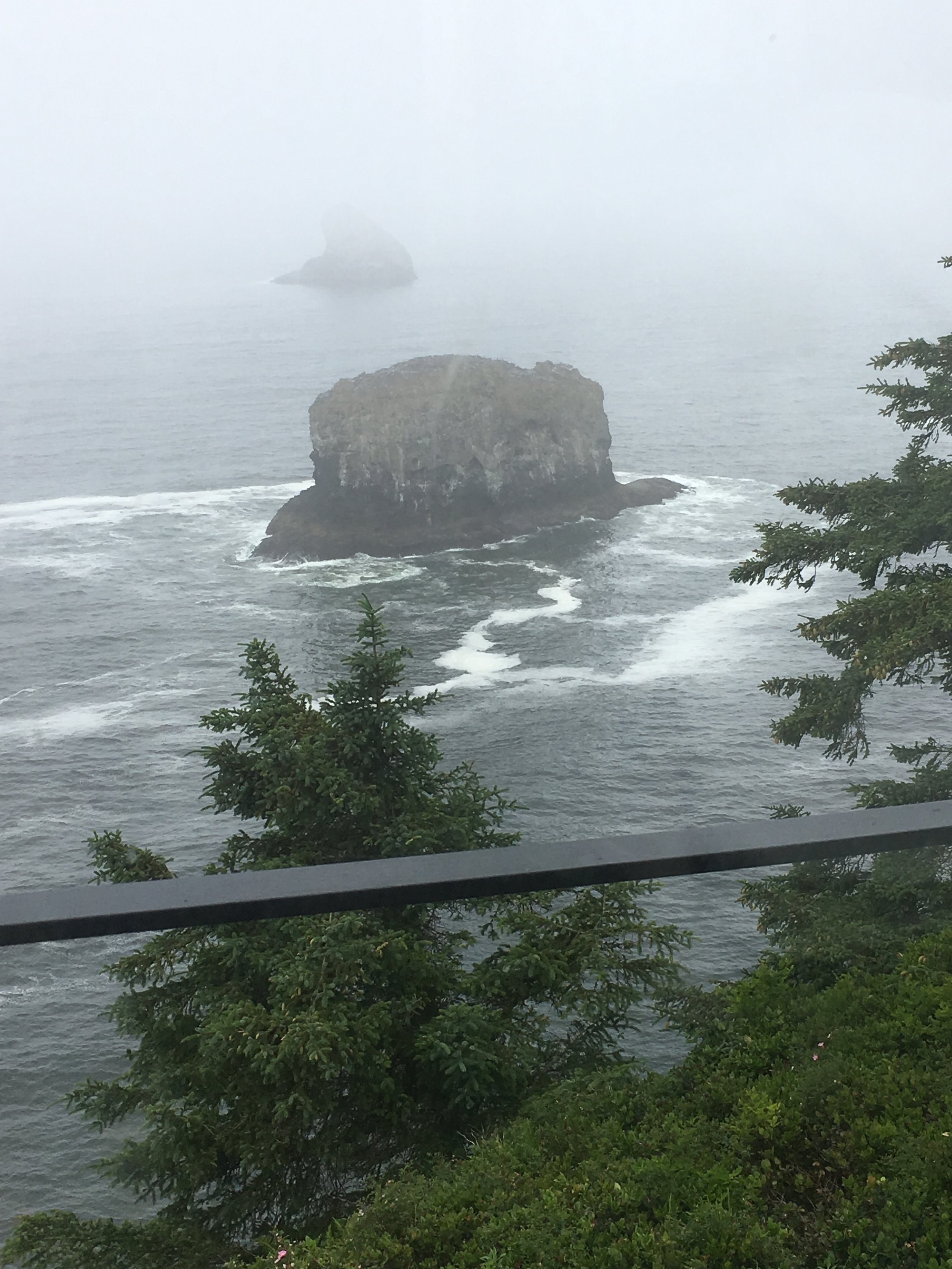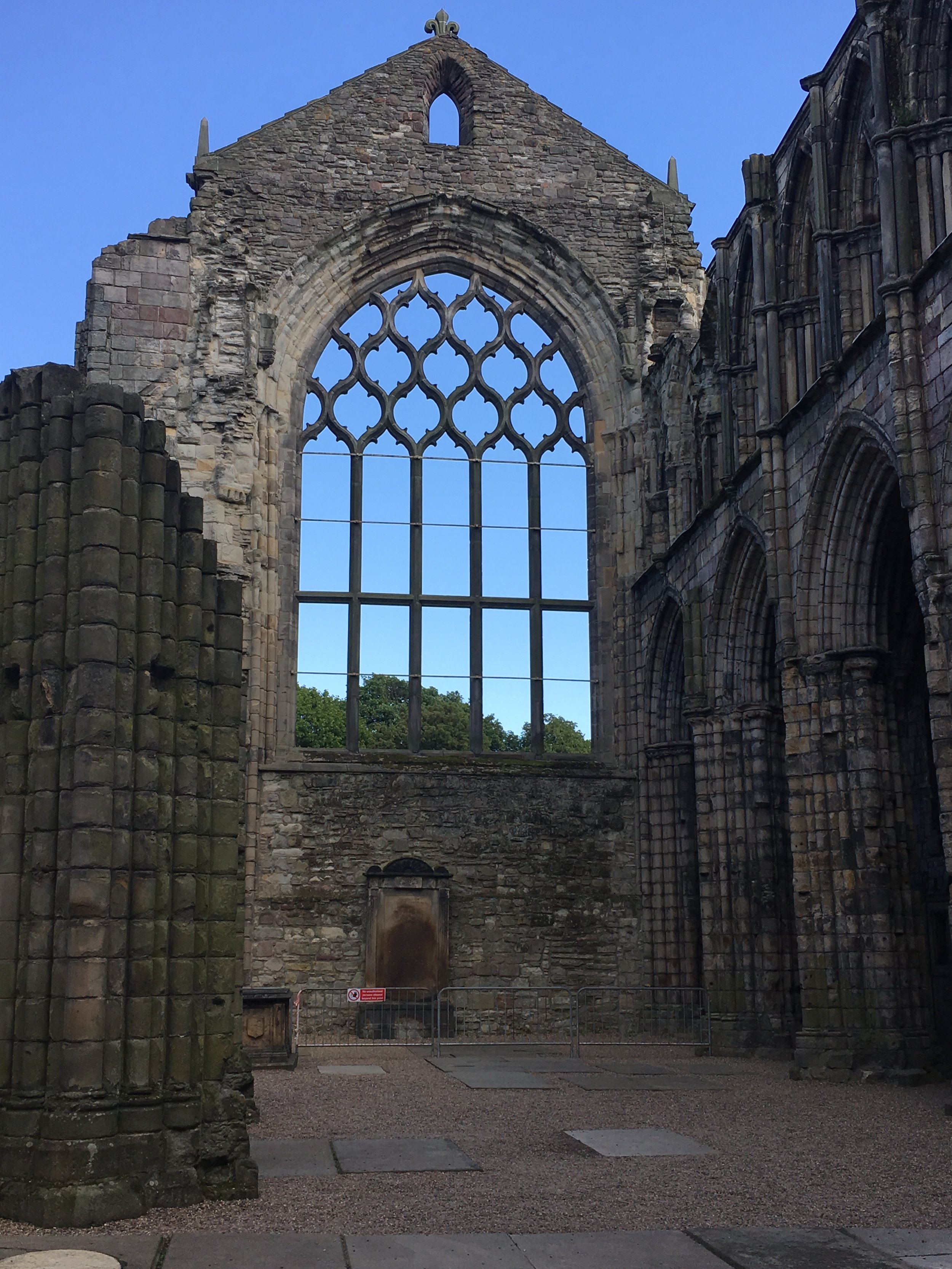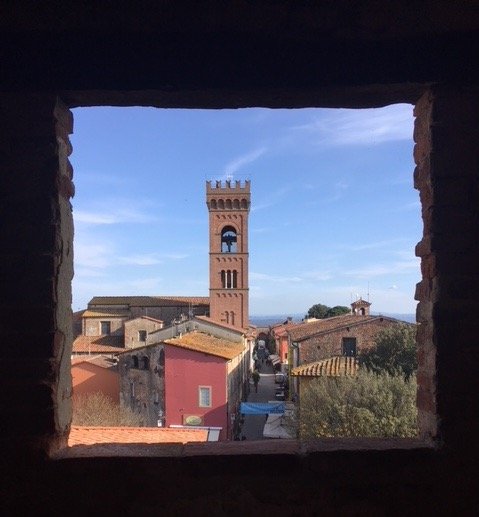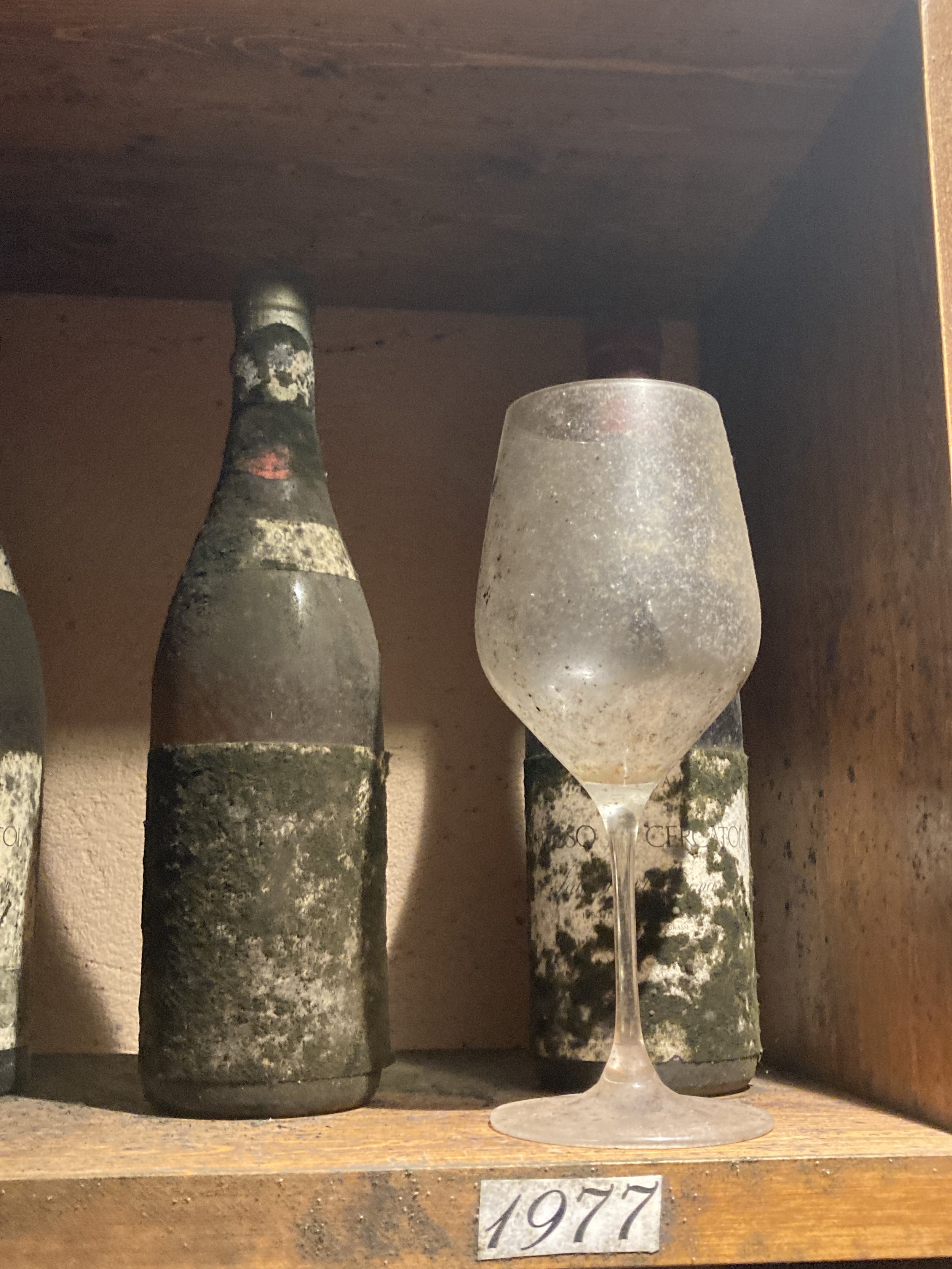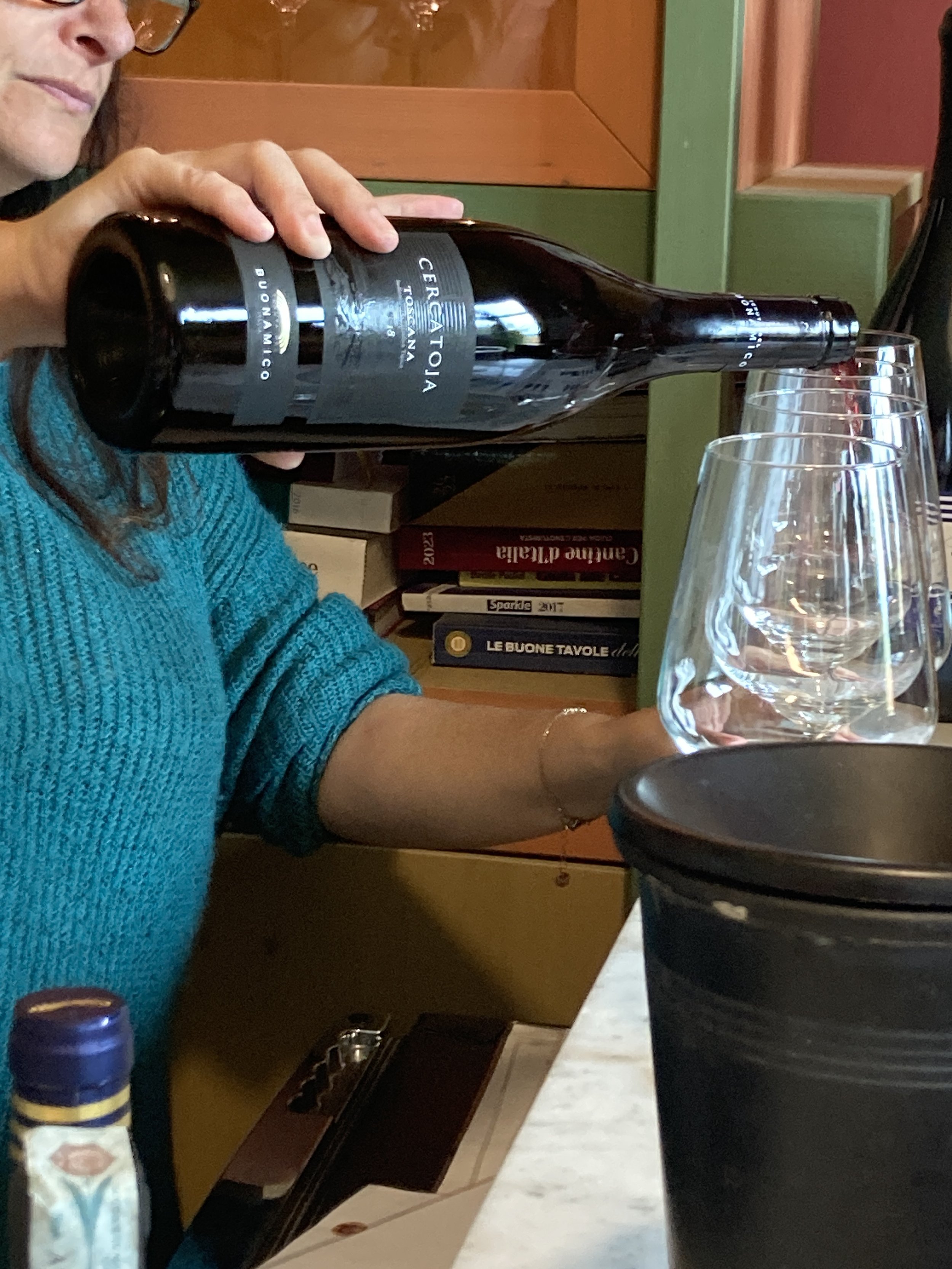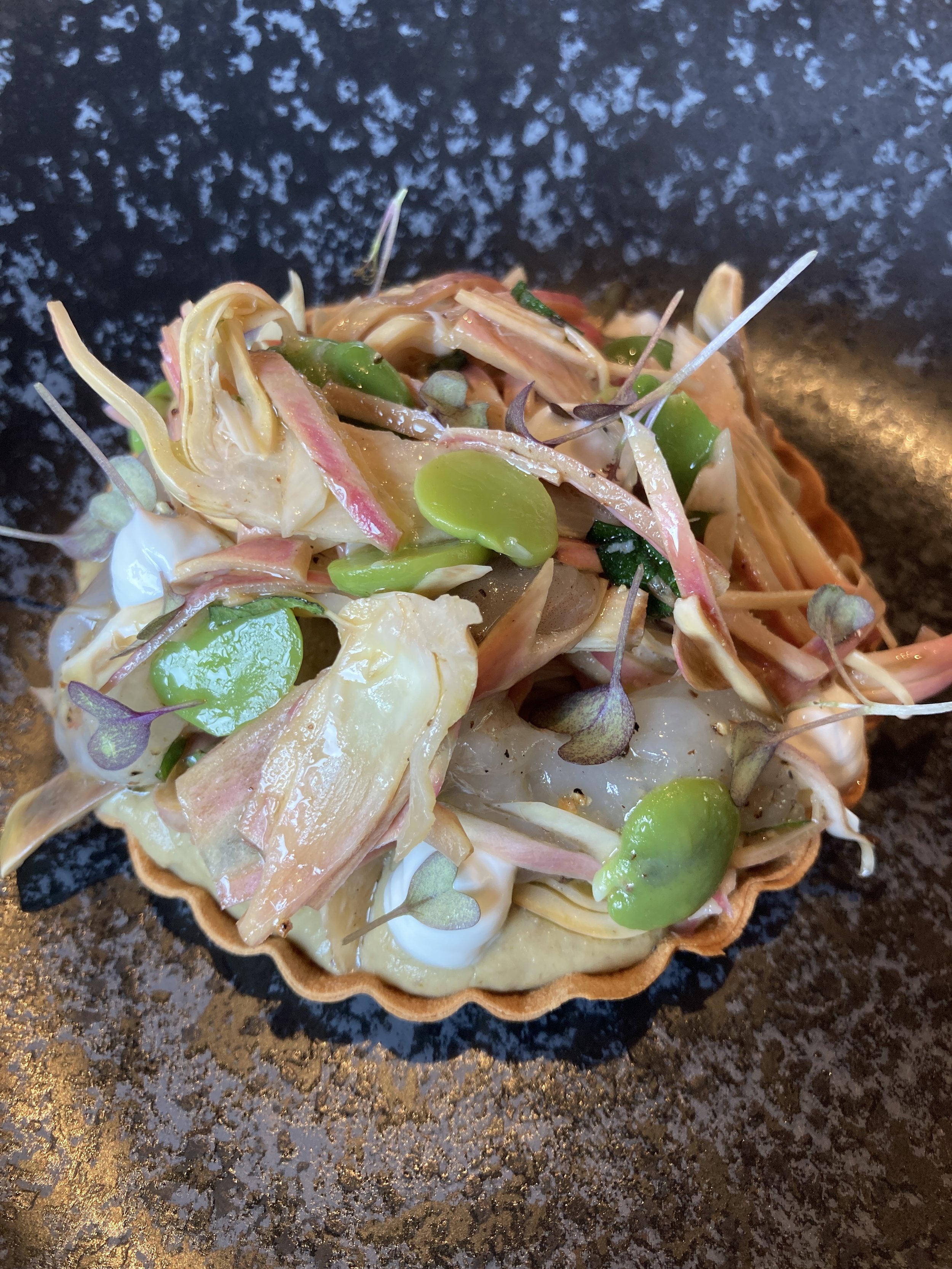Serendipity at Lake Como
Argegno’s Pasticceria - a perfect place to start the morning.
Having two weeks to spend exploring the villages along the shores of Lake Como was a luxury. With that much time there was no need to plan every day in advance. No reason to start out early every morning. No hectic days racing from one sight to another.
Instead, we (I traveled with a good friend) were able to pace ourselves. We often decided in the morning, over a cappuccino and pastry at Argegno’s Pasticceria, what we wanted to do that day. We did have a few specific things we planned to do, but we mostly let the weather and our feelings about the day dictate our schedule. Spontaneity works well when time is not a big factor in a trip.
A long visit also allowed us to be open to serendipity – those happy accidents that can be the best part of travel. Taking advantage of serendipity requires flexibility and a belief that sometimes the travel gods lead you to exactly where you didn’t know you wanted to go. Or to an experience you didn’t plan but that turns out to be a highlight of a trip.
On this visit to Lake Como, serendipity led to two wonderful experiences. The first came about when the ferry boat we planned to take to the small village of Nesso was unexplainably cancelled. The cancelled boat required a last minute change of plans. Serendipity, and the boat schedule, led us to Lezzeno, a different small town of the lake and one I’d never visited.
Lezzeno, a quiet village with views of Lake Como and the hills beyond
Lezzeno lies across the western “leg” of the lake, on the same shore as Bellagio. Unlike Bellagio, Lezzeno is uncrowded and laid back. I had no idea what to expect, but when our boat to Nesso was cancelled we simply said “let’s go and have lunch in Lezzano instead” without any prior research or planning. Serendipity at work.
Just off the ferry landing is a small church with a pretty bell tower, a pharmacy, and not much else. Walking along a winding road we reached a closed restaurant and a minimart and didn’t see much more town ahead of us on the road. We were tempted to turn around and head back to the dock for the next boat to somewhere but we had a feeling that there must be more to Lezzeno. A stop at the mini mart assured us that if we kept on we’d find beautiful views, a hotel, and a nice restaurant.
Lezzeno
So, on we walked and sure enough, stunning views of the lake came into view along with old stone bridges and walls, colorful houses, and pots of flowers.
A little further on we came across the Hotel Villa Aurora. The hotel has as a vintage vibe, a front porch facing the lake, and a bar with casual dining and an outdoor patio. The hotel provides a perfect spot to relax, sip some wine on the porch, and enjoy some quiet time on the lake.
Across the street, the hotel has a restaurant with big windows looking out over the lake. The panoramic view takes in the western shore with the promontory where Villa Balbionello sits, the surrounding hills, and comings and goings of all types of small boats. Outside the restaurant are steps down to an appealing beach club. It looked very family friendly, with a large floating inflatable platform for sliding or jumping into the lake. My grandkids would love it there!
Luckily, we were able to get a table at the restaurant without a reservation.
I ordered polpette di pesce. The literal translation is “fish balls” but that sounds, well, odd. I would call them fish cakes – but they were nothing like the Mrs. Paul’s frozen fish cakes I remember from my youth. These were light and fresh tasting and served with a delicate lemon sauce. Perfect with a glass of white wine (after all, for lunch when on vacation in Italy, wine is permissible if not required). This was dining with a view and we definitely lingered over our meal before heading for the next boat back to our base in Argegno.
Serendipity struck a second time when we arrived to Tremezzo to the beginning of a very heavy rain. Much too stormy for a visit to Villa Carlotta, we needed a plan B as the rain threatened to last for a long while. The options: take the next boat back to Argegno and our Airbnb or make a mad dash through the rain and duck into the first nice restaurant we found. We opted for opening our umbrellas and braving the downpour. Just down the street we spotted the No26 restaurant, part of the Hotel Bazzoni. It looked elegant, upscale, and dry. We decided to splurge and have a long lunch.
Storm clouds over Tremezzo
Good decision. The food at No26 was exquisite. The restaurant was not crowded on that rainy day and the waiters were friendly, interested in why we lived in Italy, and willing to chat with us in Italian. That made lunch even more fun.
A further description of the food is warranted (but prepare to get hungry!). The meal started with a little surprise from the chef - a small scoop of ricotta topped with an herb infused apricot jam. 3 luscious bites. We were off to a great start!
My first course was a soup course listed as a vellutata di ceci, capasante, cipolla rossa acidula e jus di coda di manzo, a long name that translates to a velvety soup of pureed chickpeas, scallops, pickled red onions, and beef tail juice. That combination of flavors was nothing short of amazing. The soup was thick and flavorful with one perfectly seared scallop in the center, topped with the onions, and ringed along the bowl with a beef reduction. Topped with some little greens it made a gorgeous presentation.
This lemon ricotta filled pasta was a delight.
Since we wanted this to be a long lunch in hopes that the rain might stop giving us a chance to walk around Tremezzo, a second course was in order. We both ordered the Lingotto ripieno di ricotta e limone alle tre salse e polvere di cipolla bruciata. Menu Italian is so flowery and descriptive! Translation – Lingotto (a ravioli like pasta) filled with ricotta and lemon with three sauces and toasted onion powder. Lemon is one of my favorite flavors and this ricotta was bursting with lemon peel and lemon juice. Topped with colorful ribbons of the different sauces with just a sprinkle of the onion powder, it was another stunning presentation. It tasted just as good as it looked.
Dessert (remember, we were riding out a rainstorm for a couple of hours here!) was a tiramisu with cocoa crumbles.
The tiramisu was rich – we were glad we were sharing it. Add in a caffè macchiato and it was the perfect ending to a special meal.
A break in the storm gave us just enough time for a quick walk through Tremezzo’s lake front before the rain started again and sent us hurrying back to the boat dock for the trip back “home” to Argegno.
Neither of these two experiences were planned. Both took the place of other things we wanted to do but we gladly went along with the happy accidents the universe sent us. And serendipity seemed intent of feeding us well!





